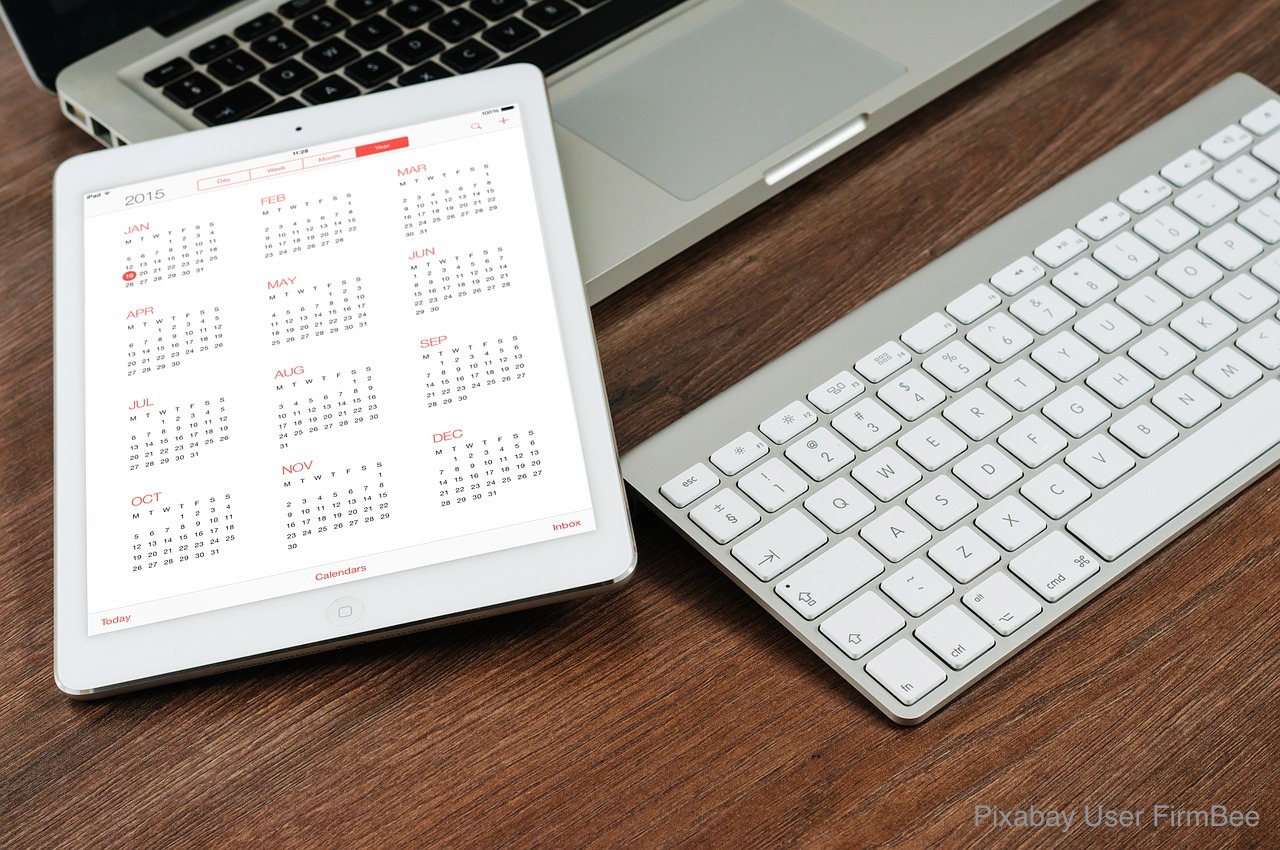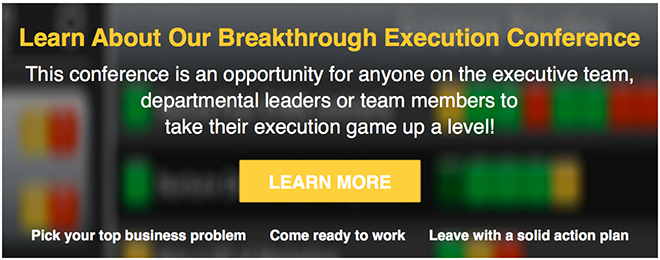Have you noticed that everyone is always so busy? You hear it all the time - the most common answer I  hear to “How are you?” is “I'm so busy!” We tend to wear our busyness like a badge of honor.
hear to “How are you?” is “I'm so busy!” We tend to wear our busyness like a badge of honor.
I’ve been reading a lot lately about how to increase productivity and manage time better (probably because I am expecting my first child and can already feel my precious free time slipping away from me). I don’t know about you, but I want to maximize the time when I am at work to be as effective as possible so that I can enjoy the time when I am not working without looming deadlines and incomplete projects hanging over my head. Basically, I want to get everything done so I can relax and stop feeling so busy all the time!
Most of what I’ve read involves “tips” or “tools” for getting through the day. I’ve read recommendations like only schedule 30-minute meetings instead of an hour because if you schedule an hour it will take an hour (even if it shouldn’t). I’ve also come across different methods for wrangling your to-do list, including personal Kanban to visualize what you’re working on now (no more than 5 things!), what’s in your backlog, and what’s been completed. My personal favorite time management advice actually came in a blog post from our very own Ryan Walcott; he shared his technique of blocking off chunks of time on his calendar for getting his top priorities accomplished.
These are all great tips for how to manage your day-to-day activities; but, honestly, who cares if you are checking off your to-do list if you aren’t sure that those activities are the ones that matter? You can be as busy as you want and work fast and furious and implement different hacks and systems to be incredibly productive and efficient in your workday. BUT - if you are working on the wrong priorities, then it’s all kind of pointless. This is where my secret weapon comes in… Rhythm.
Rhythm gives me the confidence and peace of mind that I am working on the right things because I can clearly see how my day-to-day action items are linked to my individual priorities for the quarter, which are linked to my department’s priorities for the quarter, which are aligned to our company priorities for the quarter, which are aligned to our annual plan, which is supporting our 3-5 year plan, which ultimately leads to our BHAG.
That’s a mouthful, but you get the idea of how powerful this is - I can even get a visual using the Strategy Connector feature in Rhythm if I ever forget why a project is important. This handy feature shows me how this thing I am working on today ties back to the company’s longer-term strategic goals: "Oh yeah, I am not just updating a slide deck; I am helping to create our online coaching and learning academy (one of our Winning Moves that will help us reach our BHAG of 1,000 recurring revenue clients)." So now if I have a choice to prioritize this slide deck or whatever fun, exciting idea comes through my email for a new project to work on, I remember why the slide deck comes first. Because it matters! And that is how I truly can be productive in the long run - by focusing my time and energy on what’s going to make an impact on the long-term success of the company.
Plus, if you are managing a team, Rhythm can also help you see that your team is working on the right priorities and help you hold each other accountable so you don’t have to micromanage anyone. Using Rhythm this way only works if your team takes the time to follow our Plan Rhythm process, but it is so powerful if you do it. If you take the two days to plan each quarter as an executive team (and ensure that your quarterly plan is aligned to achieve your annual goals), and then cascade that plan to all of your departments and the individuals working in those departments, you will give the gift of clarity and significance to your team. They will know that they are working on the right things - the things that matter to your company’s long-term growth - and this is motivating in itself. And, you have your weekly adjustment meetings to help them stay on track to achieve their top priorities for the quarter; you can look at their dashboards to make sure they are staying focused on and devoting energy to what’s most important. It’s good for them, and it’s good for you. And, it can help you go from feeling "busy" to feeling "great" because you know you and your team are getting the right things done!
Please comment below to share any tips you have for ensuring you are working on the right things and getting the most out of your time at work.
Photo Credit: iStock by Getty Images



 LinkedIn
LinkedIn
 Facebook
Facebook
